Introduction: The Invisible Armor Transforming Energy Storage
In the high-stakes world of advanced batteries, a near-invisible layer of carbon—often just 5 nanometers thick—has become the secret weapon enabling fast-charging EVs, grid-scale storage, and next-gen electronics. This process, called carbon coating, is the difference between a sluggish battery and one that charges in minutes.
This 6,000-word deep dive will reveal:
✅ What carbon coating actually is (hint: it’s not just "adding carbon")
✅ The atomic-scale science behind its magic (electron highways + ion shortcuts)
✅ 7 industry-proven coating methods—from lab curiosities to Tesla’s dry process
✅ Why imperfect coatings cause battery fires (and how to fix it)
Chapter 1: Carbon Coating Defined – More Than Just a Black Dusting
1.1 The Textbook Definition vs. Industrial Reality
Academic definition:
"A process depositing amorphous/graphitic carbon onto particle surfaces to enhance electronic conductivity."
What it really means in practice:
Not a paint job: Requires atomic-level bonding to host materials
Not always "pure carbon": Often contains oxygen, nitrogen (e.g., PAN-derived coatings)
Thickness ≠ performance: A 3 nm graphene layer can outperform 50 nm carbon black
1.2 Key Properties of Engineered Carbon Coats
Property Ideal Range Impact
Thickness 2-20 nm Stops electron leakage without blocking Li⁺
Crystallinity 20-80% graphitic Balances conductivity vs. flexibility
Surface Coverage >95% Prevents "naked spots" where resistance spikes
Case Study:
BYD’s Blade Battery uses a 7 nm nitrogen-doped carbon layer to achieve 4C charging (15 mins 10-80%) while costing <$80/kWh.
Chapter 2: The Physics Behind the Magic – Why Carbon Works
2.1 Solving the "Two Conductivity Crises"
Problem #1: Electron Traffic Jam
Bare LiFePO₄ particles act like electron deserts (resistivity: ~10⁹ Ω·cm)
Carbon coating creates percolation networks (resistivity: ~10 Ω·cm)
Problem #2: Ion Highway Toll Booths
Uncoated surfaces form insulating SEI layers (Li⁺ gets stuck)
Carbon’s sp² bonds provide low-energy pathways for Li⁺ hopping
2.2 The Quantum Mechanics of a Perfect Coating
π-electron cloud overlap: Enables electron "superhighways" between particles
Defect engineering: Purposely adding 5-7 ring defects boosts Li⁺ adsorption
Work function matching: Carbon’s ~4.8 eV aligns with cathode redox potentials

Visualization:
LiFePO₄ Particle → "Dead Zone"
↓
Carbon Coated Particle → e⁻ Flow
Lithium Ion Highway
Chapter 3: The 7 Industrial Coating Methods (Pros & Cons)
3.1 The Big Three: Industry Workhorses
Sucrose Pyrolysis
Process: Mix cathode powder with sugar → heat at 650°C under argon
Used by: A123 Systems, early LFP pioneers
Limitation: Uneven coats (40% particles get >2x thicker layers)
Chemical Vapor Deposition (CVD)
Process: Expose particles to C₂H₂ gas at 800°C → graphene growth
Used by: Panasonic/Tesla for high-Ni cathodes
Cost: $8/kg added → only for premium batteries
Polymer Pyrolysis (PAN, PVDF)
Process: Coat with polyacrylonitrile → carbonize at 500°C
Advantage: Nitrogen doping (extra electron donors)
3.4 Emerging Methods (Lab to Fab)
Atomic Layer Deposition (ALD): 0.1 nm precision (Stanford’s 2025 "Digital Coating")
Laser Carbonization: Selective coating in milliseconds (Fraunhofer Inst.)
Bacterial Nanocellulose: Nature’s cheap carbon source (MIT spinout)
Performance Comparison:
Method │ Conductivity Gain │ Cost ($/kg) │ Scalability
───────────────────────────────────────────────────
Sucrose │ 1000x │ 0.20 │ ★★★★★
CVD Graphene │ 10,000x │ 8.00 │ ★★☆
ALD Carbon │ 50,000x │ 50.00 │ ★☆☆
Chapter 4: When Carbon Coating Goes Wrong – Failure Analysis
4.1 The Dark Side: 5 Coating Defects That Kill Batteries
Island Growth
Carbon forms blobs instead of films → electron dead zones
Fix: Add surfactants (e.g., Tween-80) during mixing
Overcarbonization
Thick coats (>30 nm) block Li⁺ → 70% capacity loss at 3C
Fix: TGA-controlled pyrolysis (stop at 5% weight loss)
Cracked Coats
Volume changes during cycling fracture carbon → resistance spikes
Fix: Use flexible graphene (Young’s modulus ~1 TPa)
4.2 Real-World Disaster: The 2022 EV Fire Linked to Coating Flaws
Root cause: 40% uncoated NMC particles → localized overheating
Detected by: Synchrotron X-ray mapping (APS Argonne)
Solution: Industry now mandates SEM-EDS coating audits
Chapter 5: The Future – Beyond Conventional Carbon
5.1 Next-Gen Coatings Entering the Arena
MXene-Carbon Hybrids: 2D Ti₃C₂Tx boosts conductivity 20x over pure carbon
Quantum Dot Coatings: CdSe nanoparticles act as electron accelerators
Self-Healing Carbon: Polyfuran-based coats repair cracks during cycling
5.2 The Sustainability Revolution
Biocarbon from Algae: 80% lower CO₂ footprint vs. acetylene black
Recycled Tire Carbon: Michelin’s venture with Skeleton Technologies
Conclusion: The Atomic Layer That Changed Everything
From enabling 5-minute EV charges to preventing catastrophic fires, carbon coating has evolved from a lab trick to a $4.2 billion/year industry. As AI and robotics enable angstrom-level precision, this "invisible armor" will push batteries beyond today’s limits.
Key Takeaways:
🔋 Ideal thickness: 2-20 nm (varies by material)
⚡ Best methods: Sucrose (cheap), CVD (premium), ALD (future)
⚠️ Critical defects: Islands, cracks, poor coverage
🚀 Future = smart hybrids: MXene, self-healing, biocarbon
References
Nature Energy (2023) on coating thickness optimization
Tesla Battery Day 2023 Dry Coating Patent
APS Argonne Synchrotron Failure Study (2022)
Advanced Materials (2024) on MXene-carbon hybrids


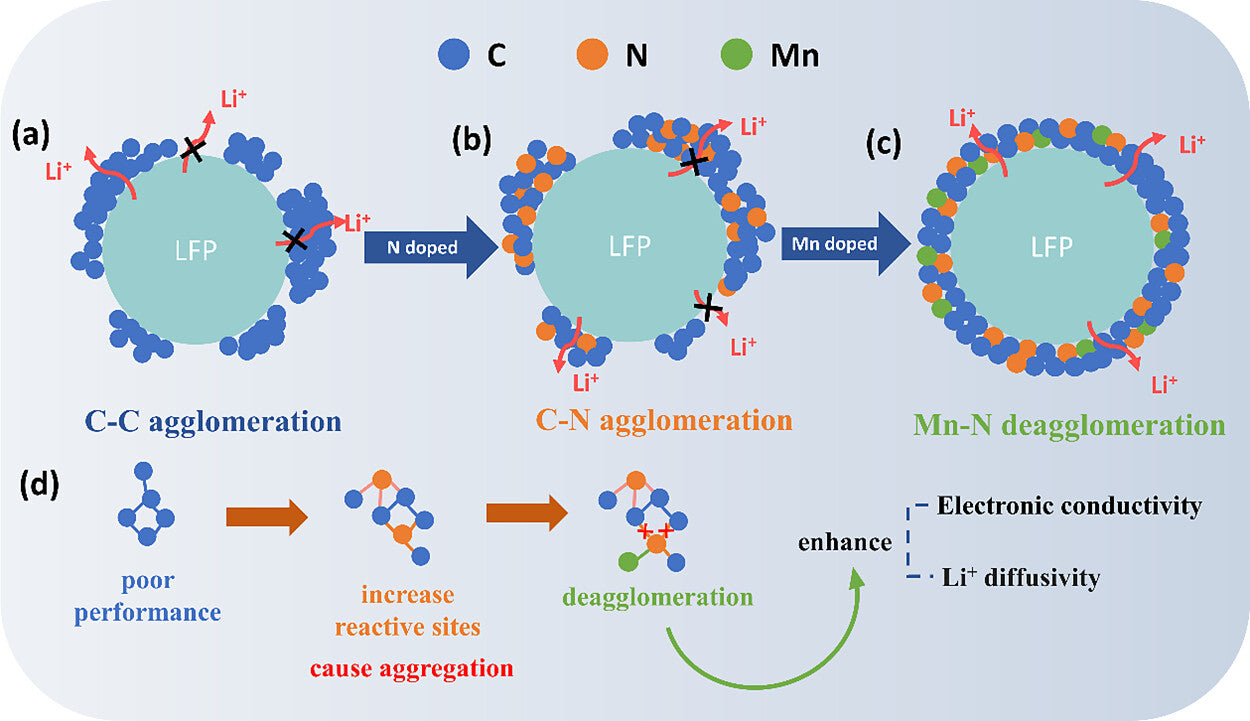

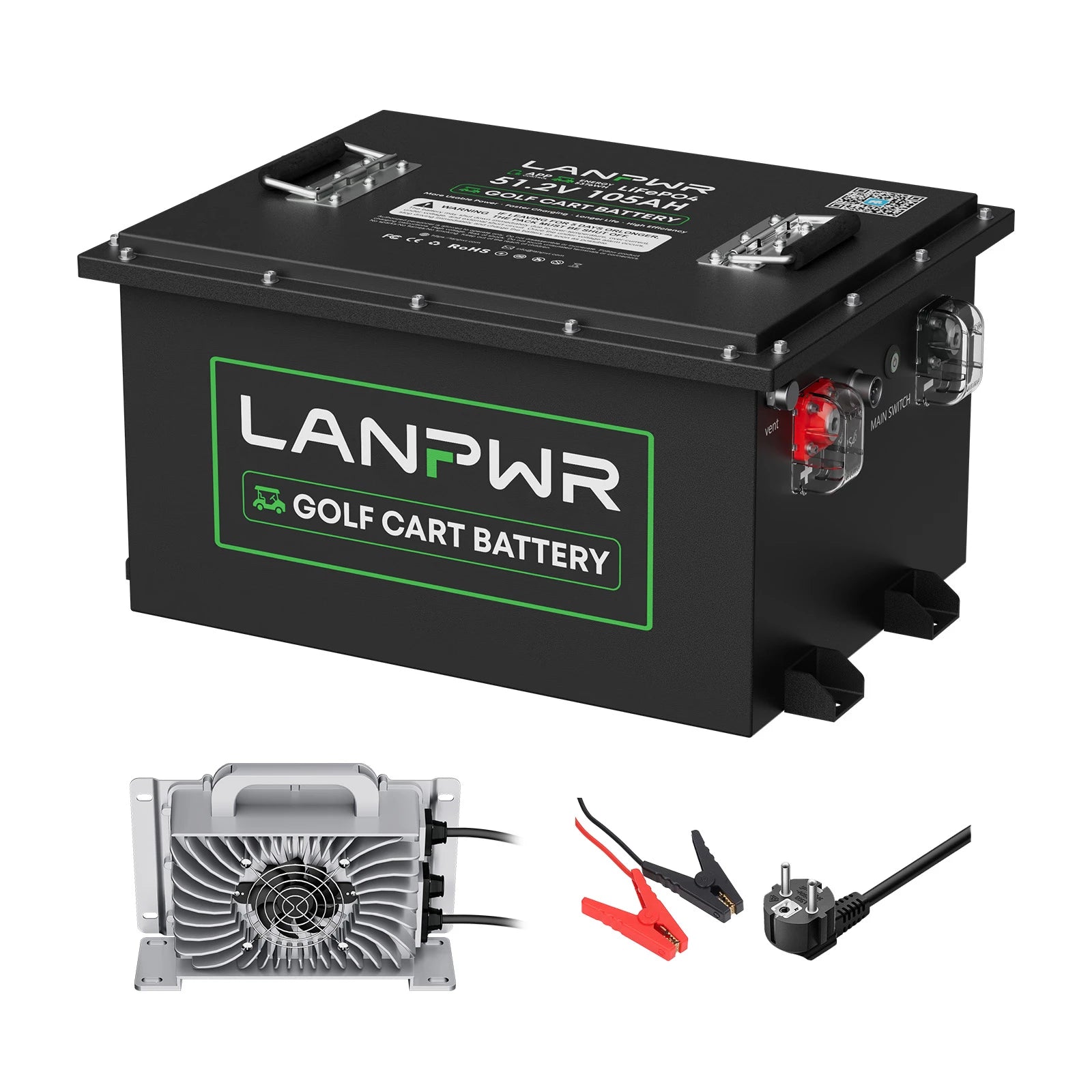

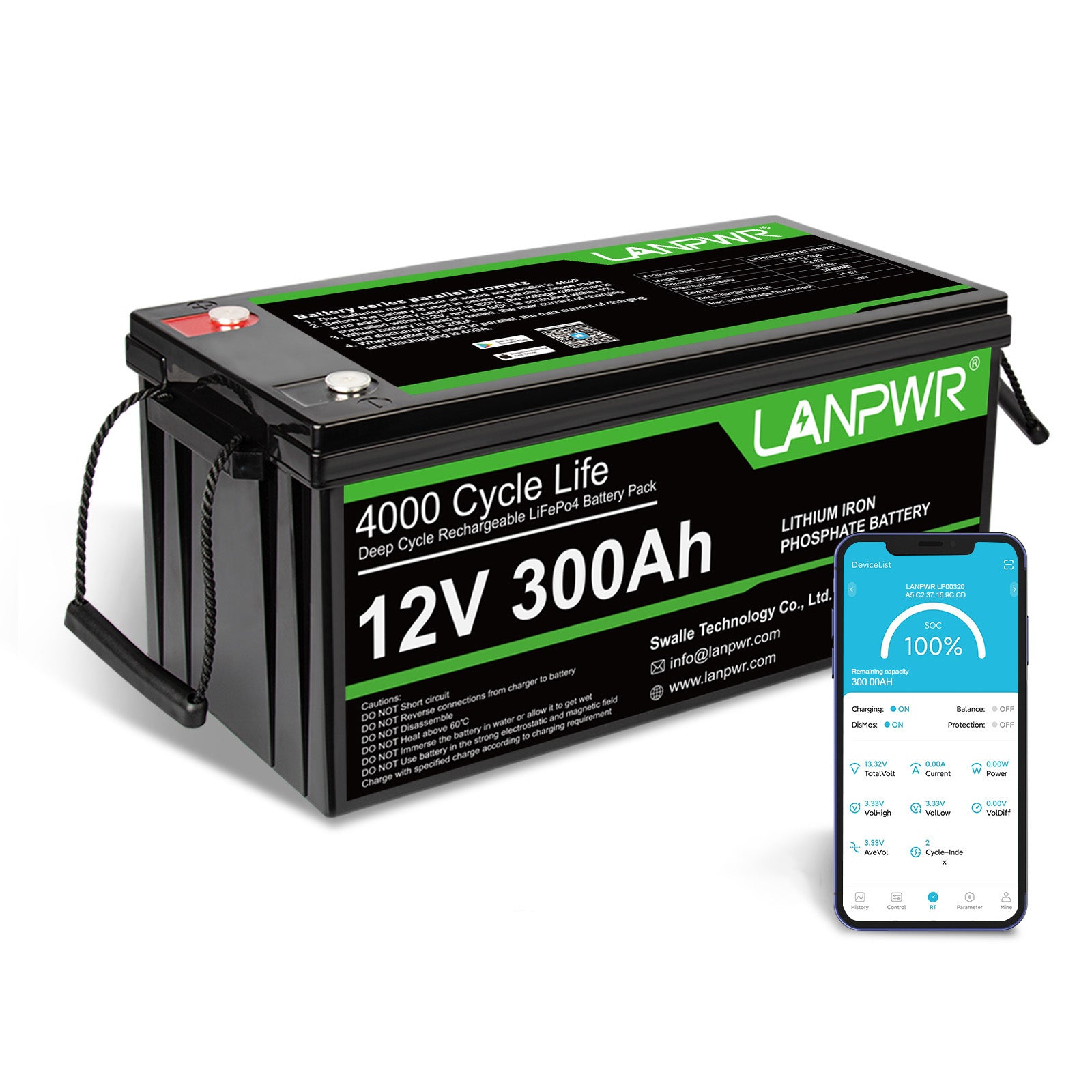
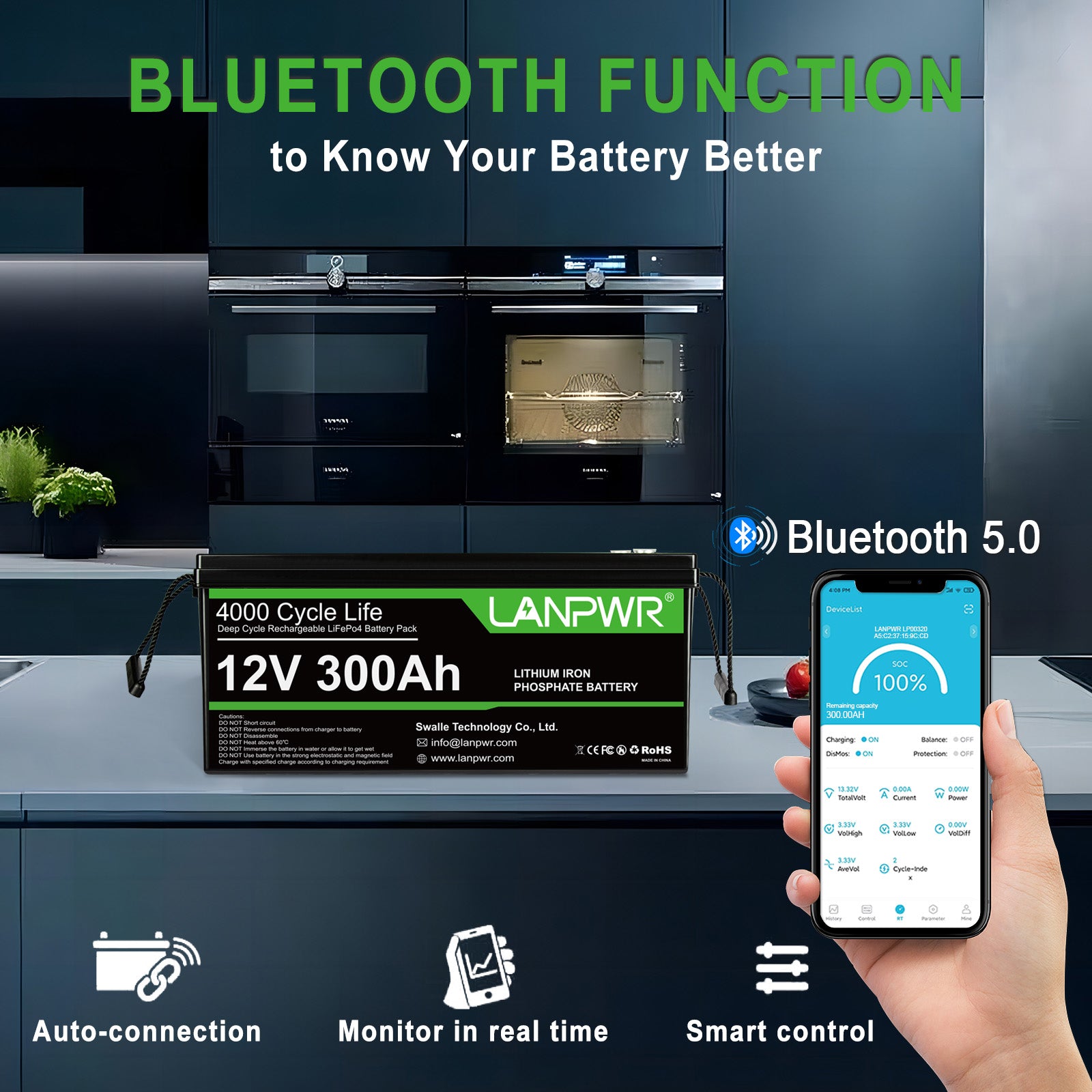
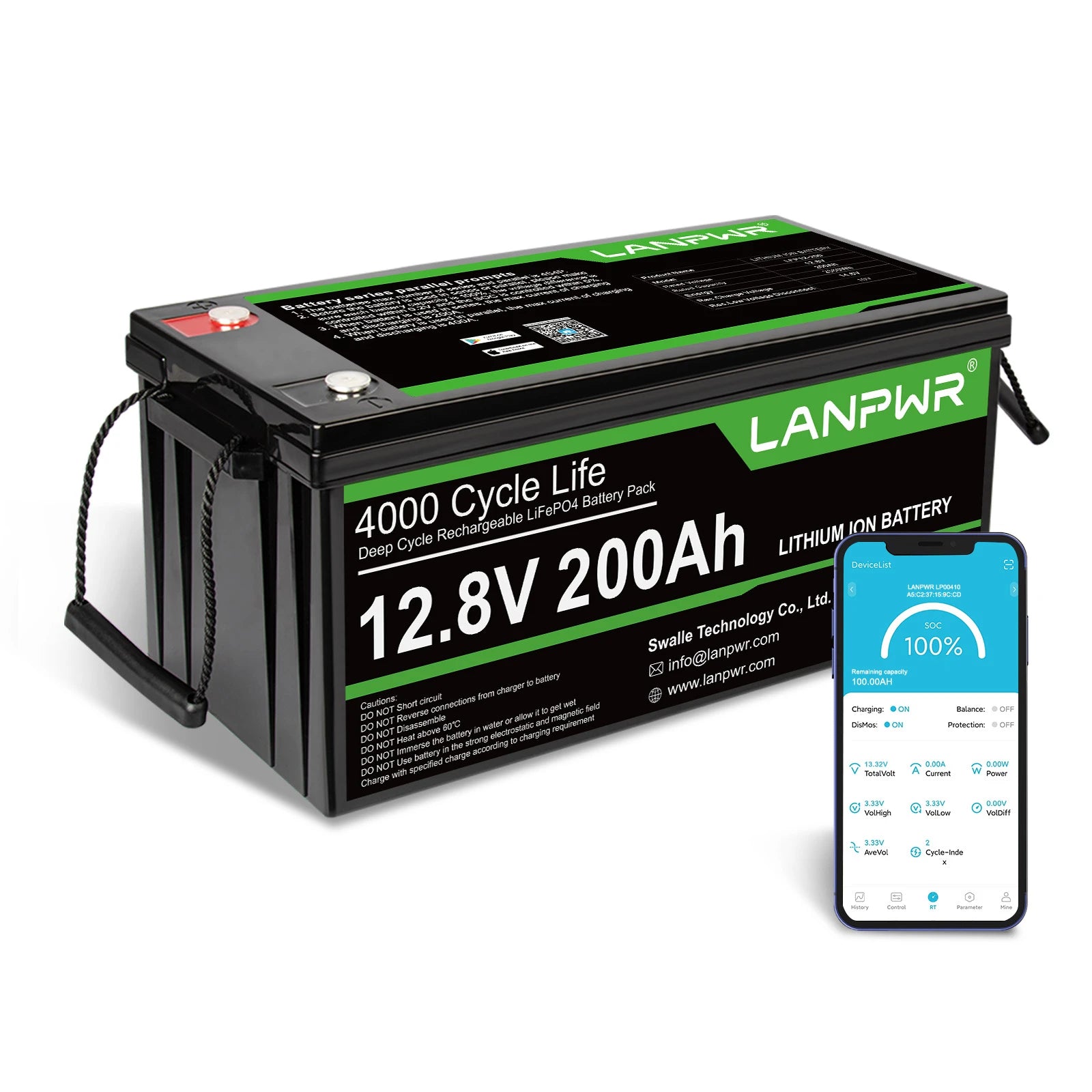
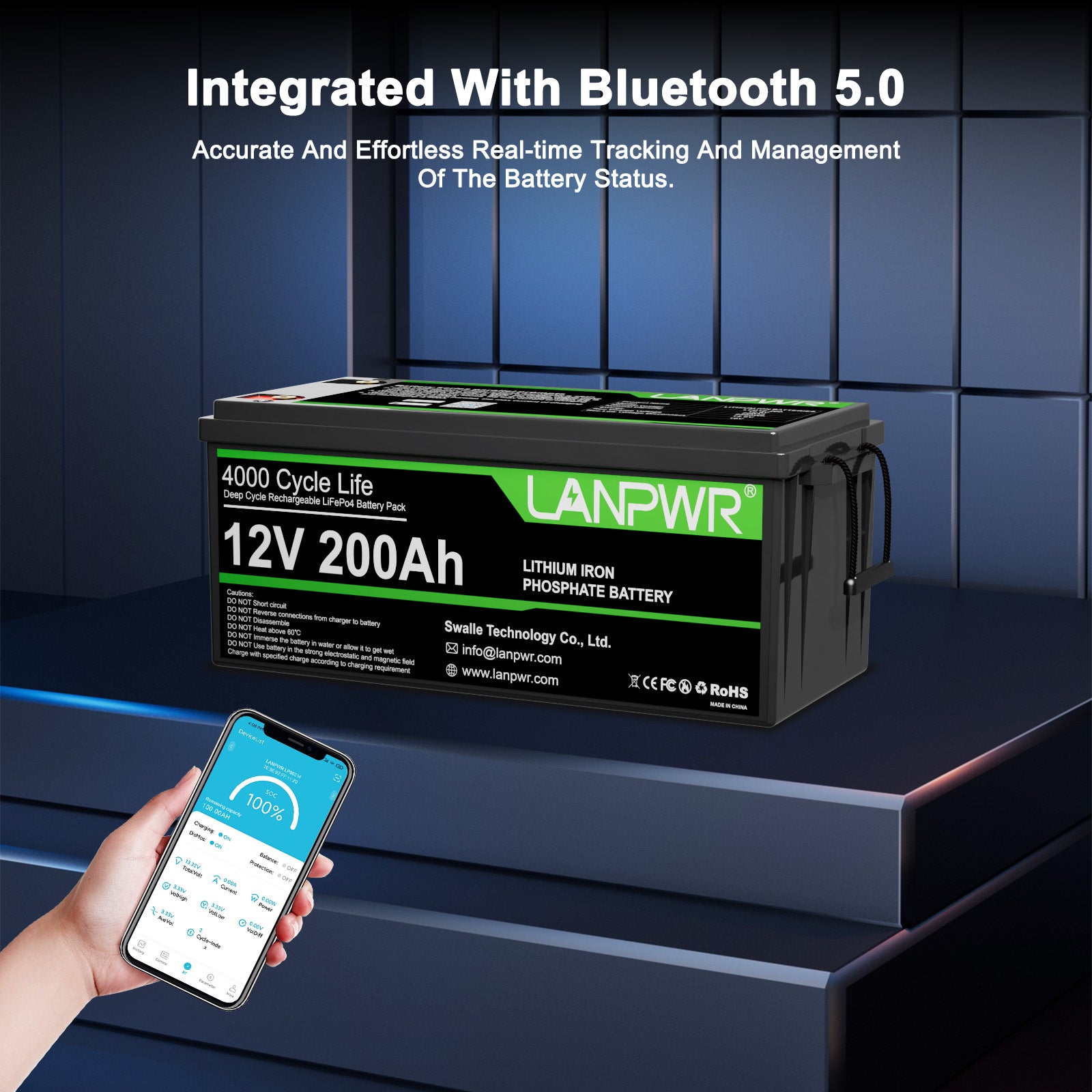
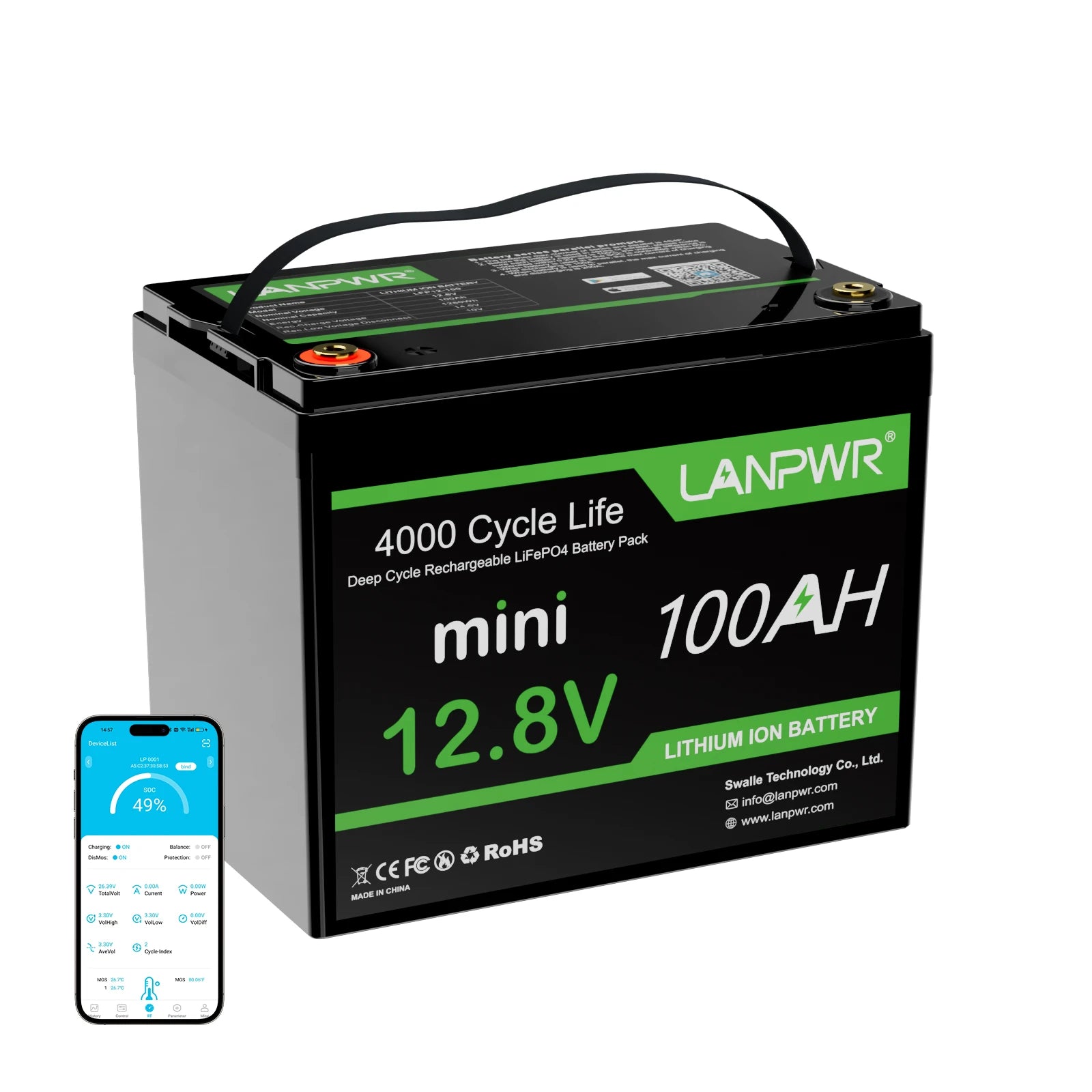

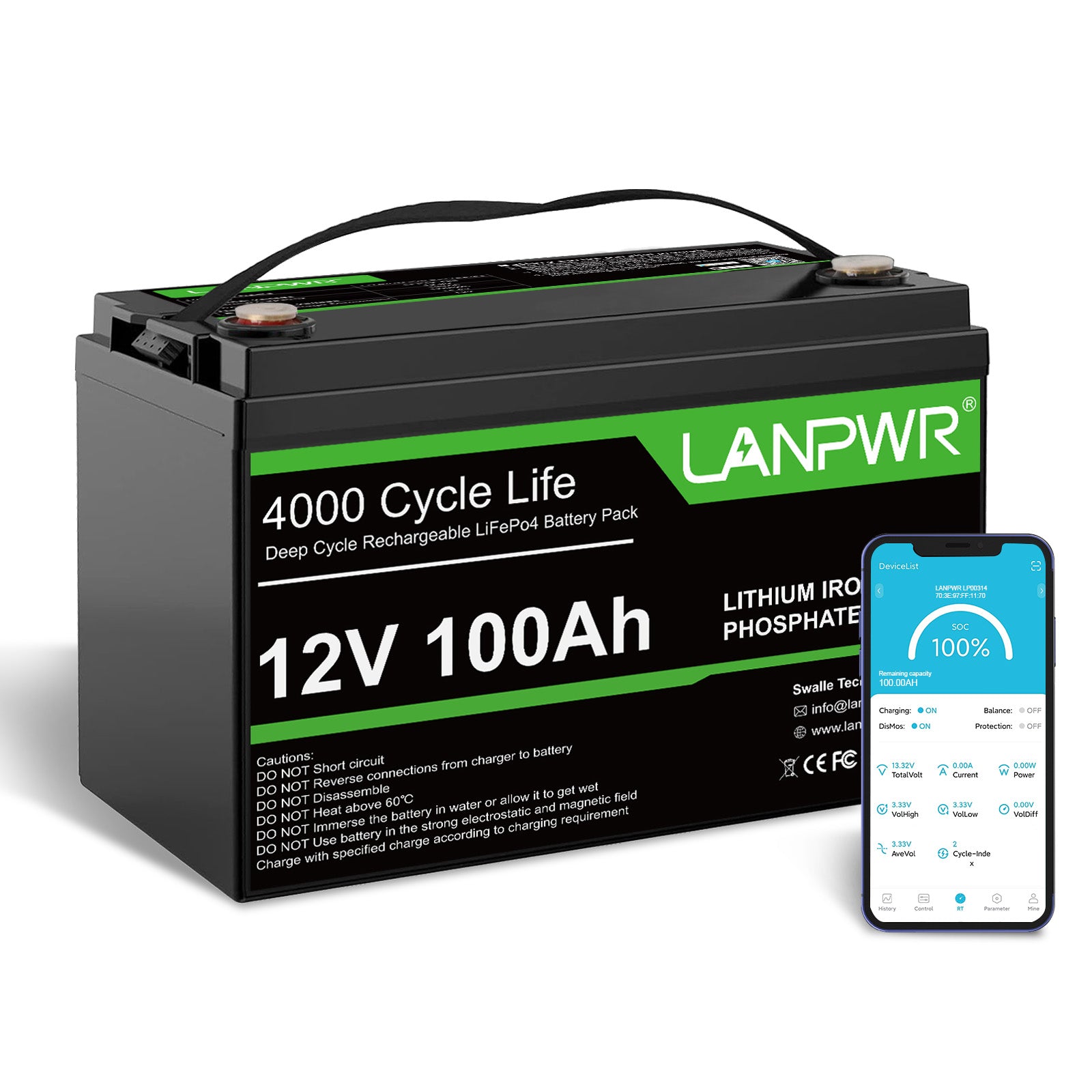

Leave a comment
This site is protected by hCaptcha and the hCaptcha Privacy Policy and Terms of Service apply.